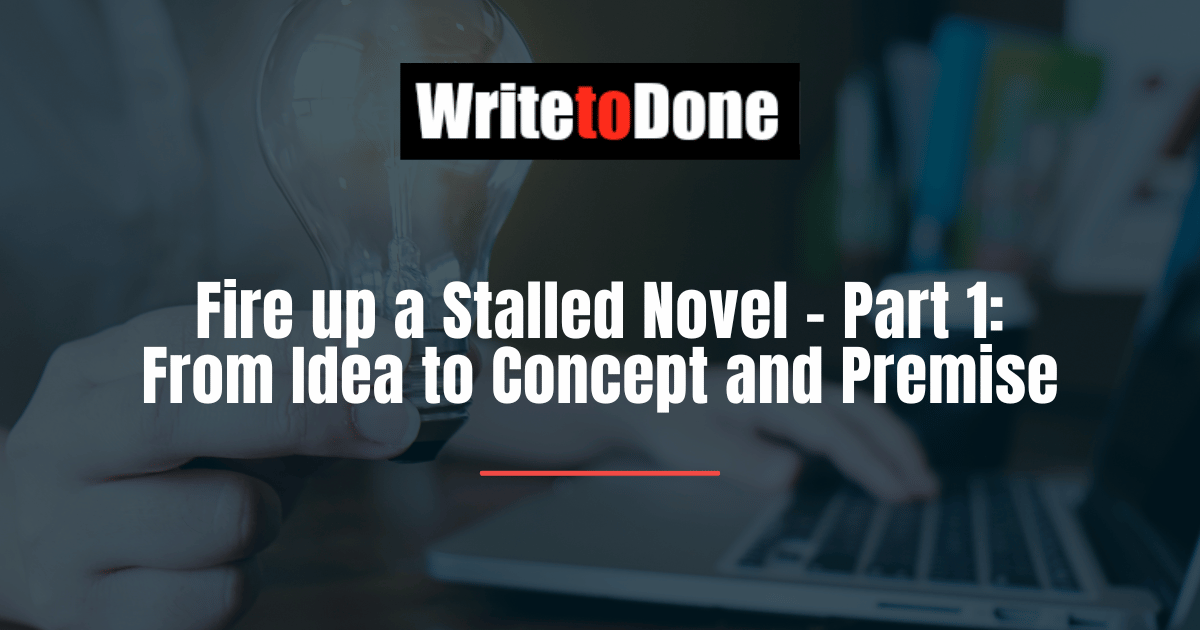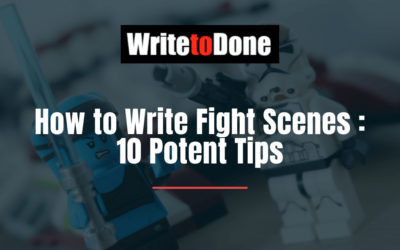If you have a book inside of you, it needs to come out.
Otherwise, you’ll always feel a wisp of sadness because you didn’t create the book you were born to write.
But even if you overcome all your doubts and fears and start writing a book, it can all come to nothing. Because your project can stall.
I started writing a novel last year, but after only a couple of weeks, the project faltered and faded.
Has this happened to you too? Has your novel stalled?
Maybe you had hopes of writing a bestseller, but all you have is a handful of ideas and nothing much else.
Or perhaps you started writing the novel, but the project petered out.
I was planning to write a thriller. I started putting ideas together, wrote a racy Prolog, but then I wasn’t sure how to continue.
Why?
I think my book project stalled for two reasons: Firstly, I doubted my ability to write fiction well enough, and secondly, I couldn’t find out how to go about creating a plot that would work.
If you dream of writing a novel and your project has stalled or hasn’t got off the ground yet, I have good news for you.
You can breathe life into your stalled novel!
I’ve managed to revive mine, and it’s suddenly moving forward again. It’s an incredible feeling to be on track once more!
In this post, I’m going to show you the first steps of getting a project rolling again.
How to Get Your Novel Back on Track Despite Doubts and Fears.
If you have a harsh inner critic, negative beliefs will seep into your mind. In particular, you may notice two main thoughts:
“You’re not good enough,” and “You can’t do it.”
Is this familiar?
Let’s take a close look at the first belief.
Are You Good Enough?
There’s no way to tell.
When we embark on something new, there is no way we can assess whether we are good enough.
The one thing we can trust, though, is the passion for creating. If you feel passionate about writing, then you can confidently believe that your inner drive will help develop the skills you need.
What can hold us back is the voice of the inner critic telling us we’re not good enough.
Most fears revolve around questions that start with, ‘What if?’
What if nobody likes it? What if it’s a flop? What if it’s an embarrassing failure?
The only way to deal with these fears are to ask, ‘Do I REALLY want to do this?’ If the answer is ‘yes,’ then you need to start the project, no matter what your inner critic says. You need to feel your doubts and do it anyway.
Writing a book is a leap of faith.
The second belief the inner critic often dishes out is ‘You can’t do it.” Let’s take a look at this notion.
Do You Know How To Do It?
Confidence grows when you have an idea of how to do something.
For a long time, I just couldn’t find out how to develop a plot, starting from an idea. I tried just about everything. I used the Snowflake Method, got bogged down in Larry Brooks’ Story Engineering, and experimented with other strategies as well.
Finally, I bought Monica Leonelle’s book Nail Your Story. Her book helped me to develop my idea to become a full-fledged story.
After studying Monica’s book and taking many notes, I can now say that I can do it. I can create a novel because I understand how to go about it, step by step.
With the help of Nail Your Story, I’ve been able to take my initial idea and develop it further.
Before I share some of the suggestions in Nail Your Story, I want to revisit an important point John Yeoman made in his excellent article, 10 Powerful Secrets Of Bestselling Authors.
John said that one of the secrets of bestselling authors is to publish a series of novels in quick succession:
Have several novels in the pipeline—finished or nearly so—when you present your first work to a publisher or go the self-publishing route.
The takeaway from this is:
Think about creating a series, right from the start.
Creating a series means creating a protagonist who can be the lead character in multiple stories.
You’ll see how to do that in what Monica Leonelle calls the design layer.
How to Create a Design Layer
The Design Layer consists of four parts, the Idea, the Concept, the Premise, and the Theme which all need to relate to each other.
The Idea is the initial kernel of your series or story. For example, the Idea of the Harry Potter series is: Two powerful wizards battle it out for control of both magic and muggle worlds.
For the series I’m working on, the Idea is this: A private investigator tries to solve cold-case disappearances against all odds.
Now you need to refine your Idea to create a Concept.
Think of the Concept as an elevator pitch you would use at a writer’s conference if someone asks about your series. Your answer is the Concept of your series.
As an example, the concept of the Harry Potter series is: An 11-year old boy learns that he is a famous and celebrated hero in an underground magical world he never knew existed until now.
Here is the concept of my series: A mother whose young daughter disappeared without trace turns into a private investigator to solve mysterious disappearances, find the victims and bring down kidnappers.
You can see how my original Idea is now fleshed out.
As Monica Leonelle says, a concept must be ‘easily communicable and clearly marketable.’ A concept isn’t specific and doesn’t contain details about characters or settings. It just communicates the core design of the series.
Once you have the concept of your series, you need to clarify the Premise.
The Premise is about a particular story within your series.
Here is the Premise of book 1 of the Harry Potter series:
Harry Potter, an orphan boy who discovers he as magical powers, also learns that he inadvertently took down the darkest and most powerful wizard of all time as a baby. Now, he’s headed to Hogwarts School of Witchcraft and Wizardry to become part of the wizarding world – but he’s in for a surprise when he gets there. Is it possible that his nemesis, “He Who Must Not Be Named” is still alive?
The premise of my novel with the working title ‘The Brazilian Incident’ is like this:
Kat Sylvester, whose young daughter disappeared without a trace, is reluctantly persuaded by her ex-husband to find out whether her father-in-law, David Faring, actually died seven years ago, or whether it was a cover-up and he is still alive. As she digs deep into his life, she receives mysterious threats.
The premise fleshes out the external conflict. But there is still the internal conflict to consider.
The layer of internal conflict is called the Theme.
You can figure out what the Theme of your novel is by asking, ‘What does the main protagonist represent?”
For example, my protagonist, Kat, is a woman driven by guilt and grief because she couldn’t find her abducted daughter. She has to learn to forgive herself and let go of the past to be able to love again.
Accordingly, the Theme is about finding redemption by fighting evil.
The Theme is the glue of the series. As Leonelle points out, ‘The Premise may change, but the Theme and Concept stay the same because they are a pair.”
As I mentioned above, the Concept of my novel, The Brazilian Incident is:
A mother whose young daughter disappeared without trace turns into a private investigator to solve mysterious disappearances, find victims and bring down kidnappers.
And the corresponding Theme is: Finding redemption by fighting evil.
The Concept describes the external conflict, whereas the Theme describes the internal conflict and gives the story meaning.
As soon as you are clear on the Theme, bringing your main character to life becomes a lot easier, because the inner journey of the protagonist is implicit in the Theme.
You can find more on how to develop a plot from a theme in the book Take Off Your Pants!: Outline Your Books for Faster, Better Writing by Libbie Hawker.
What About YOUR Idea For a Novel?
First of all, don’t worry if you are stuck or stymied. For now, just take your initial idea and follow through the points above to go from Idea to Concept, Premise, and Theme.
It takes some work, but you will feel much more confident about your novel if you set time aside to do this. For more details, read Monica Leonelle’s book, Nail Your Story.
In Part 2 of this article, I’ll show how to develop your plot by using a four-part structure which connects with your Concept, Premise, and Theme.
Any questions or thoughts about this? Please share in the comments.
How to Fire Up Your Stalled Novel -PART 2: Creating a Character Arc
Creating a Character Arc: Fire Up Your Stalled Novel – Part 2
Read Part 3: Elements of Plot Structure – The Sure-Fire Way to Create Your Story


















